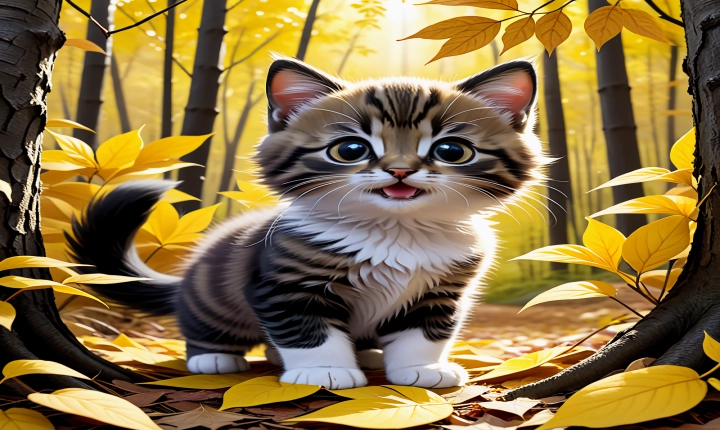AI painting, also known as computer-generated art, is a fascinating field that combines artificial intelligence and visual art. It involves the use of algorithms and machine learning techniques to create stunning and unique artworks without human intervention. The emergence of AI painting has led to a paradigm shift in the art world, raising new questions about the role of creativity and technology in the creation of art.
One of the most remarkable aspects of AI painting is the ability of machines to learn and replicate the styles and techniques of famous artists. By analyzing vast amounts of data, including paintings, sketches, and other visual art forms, AI algorithms can understand the characteristics and nuances of different artistic styles. This enables the algorithms to generate original artworks that mimic the style of renowned artists such as Van Gogh, Picasso, and Monet.
Furthermore, AI painting has expanded the possibilities of creativity by enabling artists to experiment with new and unconventional artistic techniques. Artists and designers can now harness the power of AI to generate intricate patterns, abstract compositions, and surreal landscapes that push the boundaries of traditional art forms. This fusion of human creativity and machine intelligence presents endless opportunities for innovation in the art world.
Another significant aspect of AI painting is its potential to democratize the creation of art. With the help of AI tools and software, individuals who may not have traditional artistic skills can now express themselves through digital art. This inclusivity opens doors for a more diverse range of voices and perspectives in the art community, breaking down barriers and challenging the traditional notion of who can be considered an artist.
However, the rise of AI painting also raises important questions about the nature of creativity and the role of the artist in the creative process. Some critics argue that AI-generated art lacks the soul and emotional depth that comes from the human experience. They question whether art created by machines can be considered authentic and meaningful, or if it merely reflects the algorithms and data inputs used in its creation.
Despite these debates, AI painting continues to gain traction and recognition in the art world. It has been showcased in galleries, exhibitions, and digital art platforms, captivating audiences with its mesmerizing and thought-provoking creations. Whether it is exploring new artistic frontiers or reinterpreting established styles, AI painting is reshaping the way we perceive and interact with visual art.
In conclusion, AI painting represents a convergence of technology and creative expression that challenges traditional notions of artistry and creativity. By leveraging the power of artificial intelligence, artists and designers are pushing the boundaries of what is possible in the realm of visual art. While the ethical and philosophical implications of AI painting are still being debated, its impact on the art world is undeniable, opening up new possibilities for artistic innovation and self-expression.
